Mound Dillu Roy’s excavation commences
6,400 feet long boundary wall will be built around the site after laying foundation
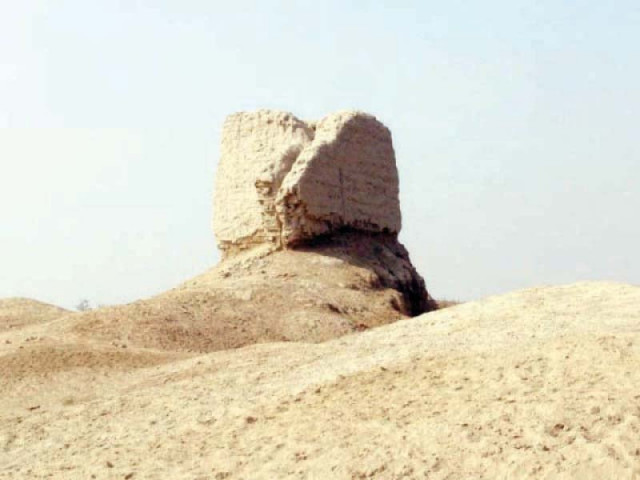
PHOTO: FILES
A 6,400 feet long boundary wall would be built around the site after the foundation is laid, an official of Punjab archaeology department said. He added the officials would use a metal detector to be used by the archaeologists to select points for exploration in a bid to discover antiquities and traces of ancient civilisation.
The site is located exactly on the border line of Rajanpur and Dera Ghazi Khan districts and a sum of Rs10 million had already been released to carry out work during fiscal year 2017-18. The construction of boundary wall and excavation for archaeological exploration would be carried out simultaneously during the two-year project.
Pakistan unveils 1700-year-old sleeping Buddha, evoking diverse heritage
Multan Archaeology Department SDO and Incharge Ghulam Muhammad said the site was notified as protected in February 1964. He added the site is situated on Jampur-Dajal Road, around five kilometres from Jampur.
The backdrop
Mound Dillu Roy, commonly known as Dillu Roy Theatre, is one of the oldest settlements known to mankind. It is an ancient site from Buddhist period which is located in Dera Ghazi Khan District.
Study and ancient objects found from the old city site reveal that it was occupied by the Buddhists in the Scytho-Parthian period dating back to the 1st century BC.
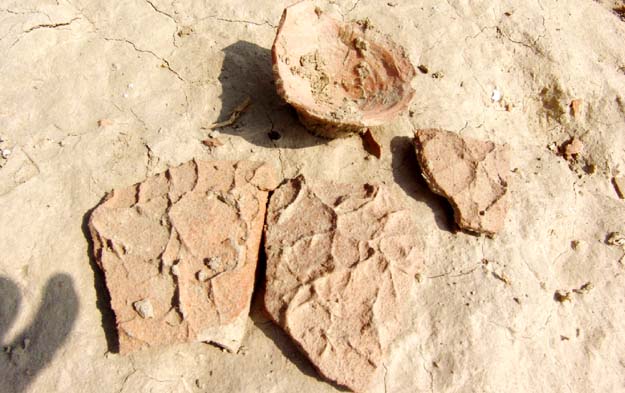
Most historians believe the site remained buried underneath thousands of years of dust, sand and stone until it was rediscovered in 1858 by archaeologists. They say the ancient city is named after a Brahman prince called Dillu Roy. The city is situated on a vast area but the locals have started cultivating crops on major part of the land, thus encroaching upon the heritage site.
Subsequent studies of the site and objects exhibit that Mound Dillu Roy was a sophisticated settlement of traders, fishermen and farmers and had complex religious cults.
The ancient city resembles that of Moenjo Daro and Harappa in Sindh. Historians say Dillu Roy city was built on two storeys: The upper part is situated above the land which is covered in sand while the lower part is buried underground.
When the archaeologists dug the site, the plan of houses and streets was visible. Some of the walls with traces of mud plaster stand as high as 12 feet and at certain places, complete plan of rooms, streets and shops is traceable. Besides, a wheat warehouse was also unearthed during excavation. Some people believe that the city consisted of four bastions which were used to guard the city and its people. However, with the passage of time, the bastions were demolished and now only their traces were left.
Art exhibition: Life of Buddha goes on display
The surface finds from Dillu Roy included a wide range of plain, painted stamped and incised pottery with applique decoration. A few pottery moulds with flower and leaf motifs have also been found. In addition, knives and sharp edged tools were also recovered from the spot during excavation.
Other finds included sling balls, dabbers, oil lamps, spoon handles, terracotta wheels and animal figurines. The specimens of bottle-neck sprinkles with curved flange and conical knob at the top are quite similar in all respects to the types recovered from such sites in Banbhore, Taxila and Pitalkora (India) and they may be dated to 1st century BC to 2nd century AC.
The moulding representation of acanthus foliage, lotus petals and sunflowers carved in the most naturalistic style and burnt bricks decorated with flower and geometrical designs are all the characteristic representation of Buddhist culture. Moreover, a terracotta object having circular umbrellas seems to represent a miniature Stupa.
Published in The Express Tribune, November 23rd, 2017.

1675249047-0/image-(18)1675249047-0-208x130.webp)
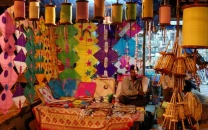

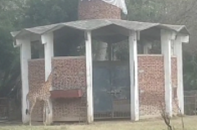
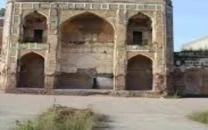













COMMENTS
Comments are moderated and generally will be posted if they are on-topic and not abusive.
For more information, please see our Comments FAQ